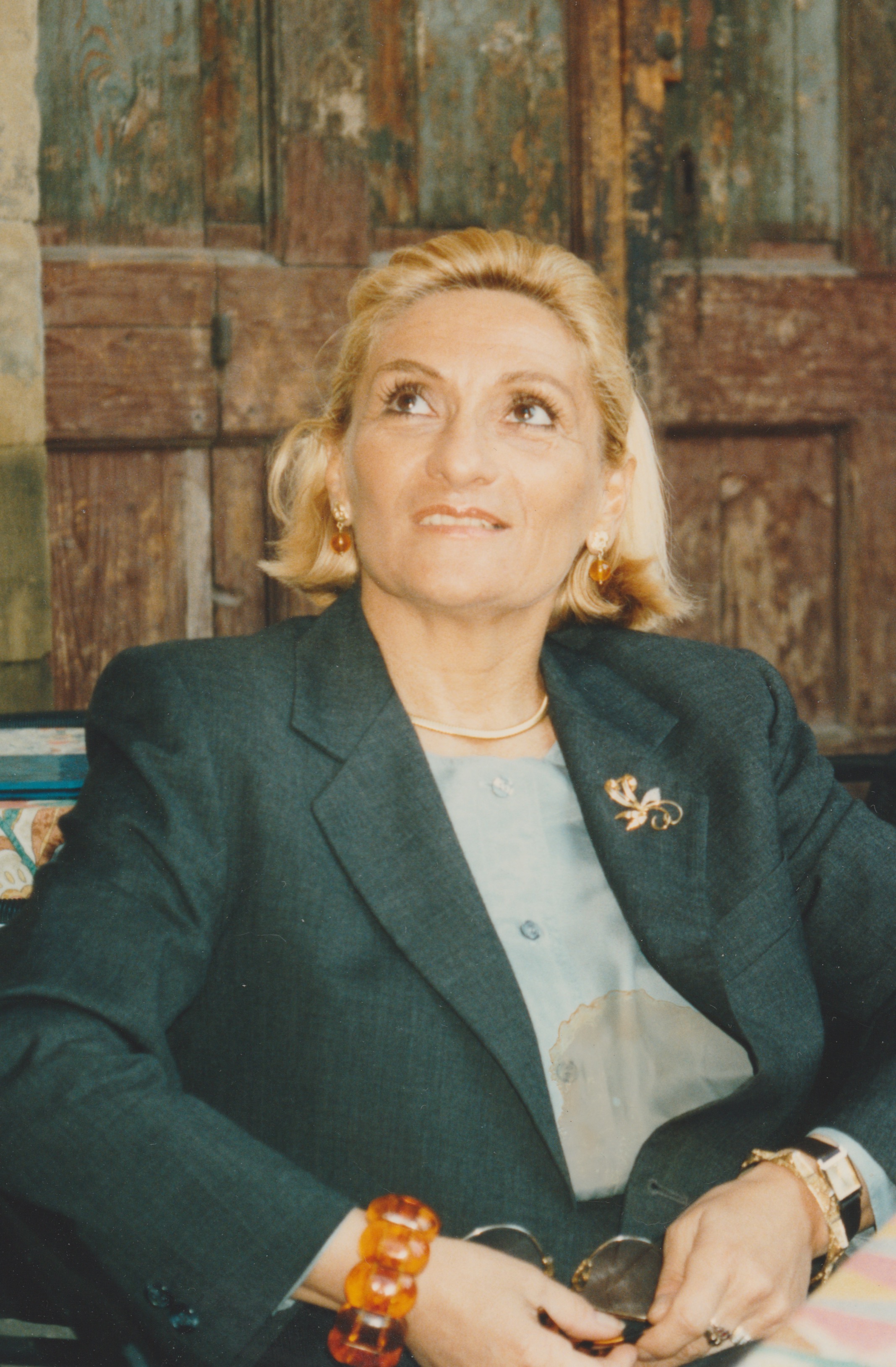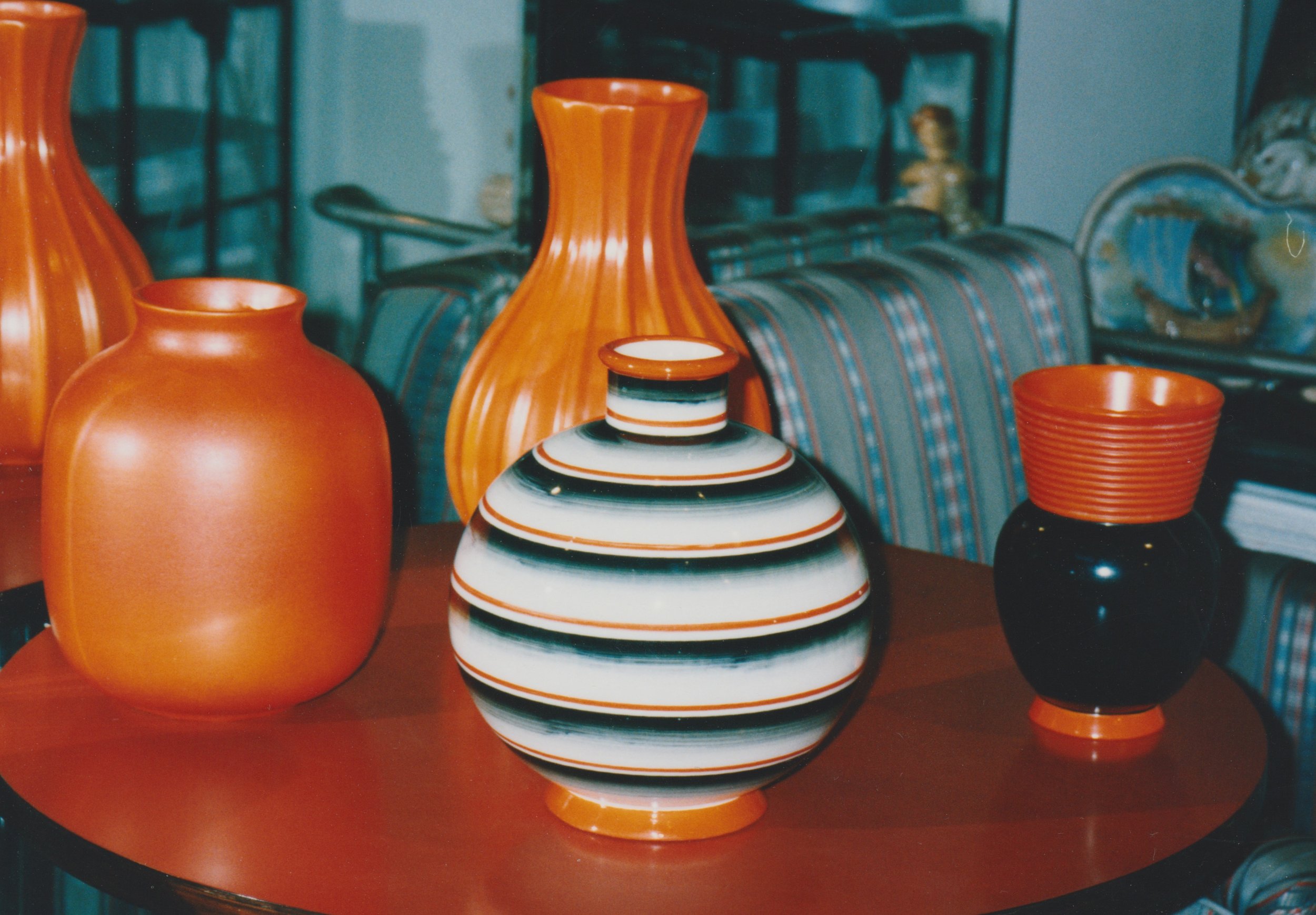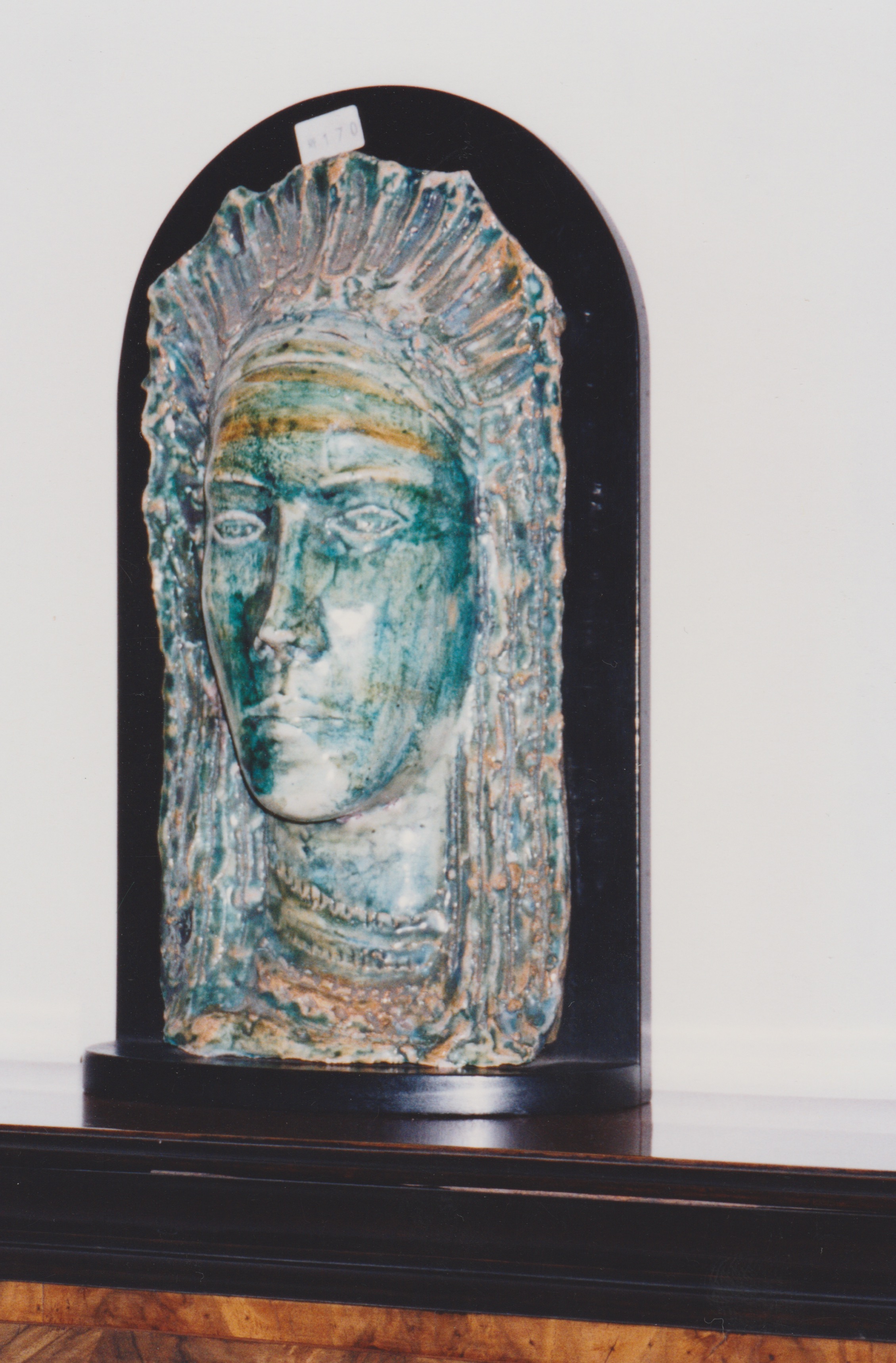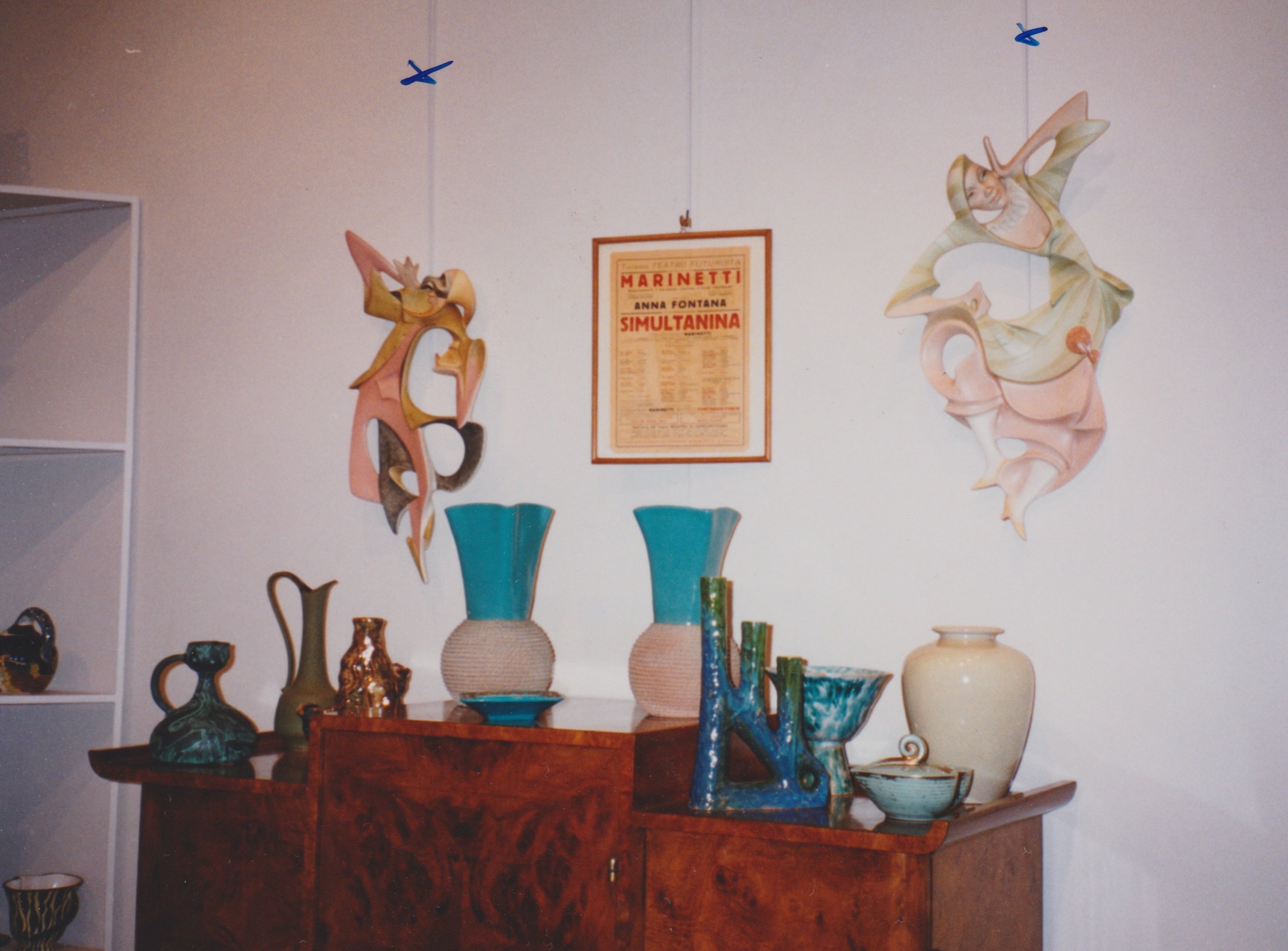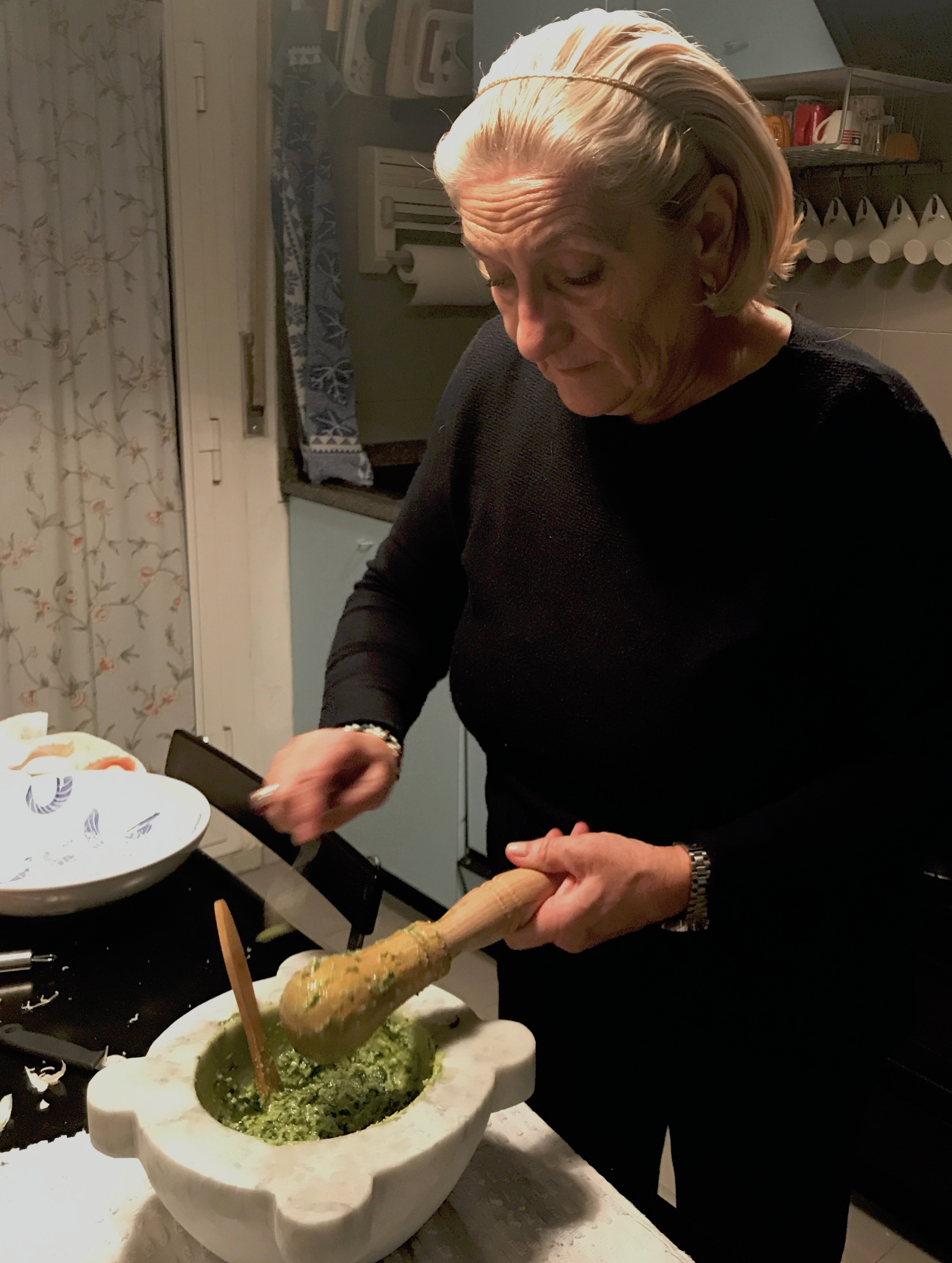Lidia Caveri is my sciura.
When I first met Lidia in winter of 2015, I didn’t know yet I was meeting my mother-in-law. It was a rainy evening and we’d arrived at Lidia’s at dusk, early enough to see the distant Duomo of Milan from her seventh floor terrace on via Washington. She’d lived in this apartment since 1986, where she settled after her amicable divorce, with her two sons Felipe and Aquilante. The first thing she showed me was the 20 x 40 foot pin-board in her sons shared childhood bedroom. Almost twenty years of birthday cards, ribbons and badges from political marches, old photos and tickets to Bruce Springsteen at San Siro collected by the boys — “it will take me a full day to dust this, it’s very dirty but my sons won’t let me throw it away” she said.
The three of us, Felipe, Lidia and I sat down for dinner. Lidia talked. I went to the bathroom and an imaginary trail of smoke followed me out from the old ashtray attached to the wall next to the toilet. In a haze of Prosecco, Lidia’s voice and my boyfriend’s laughter, I had rolled back in time. A child’s harp, the strings askew, from Rochester, New York was a gift from her father. Ceramics everywhere which Lidia explained she collected. All from the 1900s and mostly European.
We started with aperitivo and the star by looks alone was panettone gastronomico. Gastronomico in Italian means culinary. Likely invented in the 1990s, a savory bread, only mimics panettone in shape. Flour, milk, water, butter, brewer’s yeast and eggs, it’s also often referred to as panettone salto distinguishing it from world famous sweet version which can be dense. Panettone gastronomico is more similar a French brioche, soft and fluffy yet but only complete once stuffed with layers of meat, cheese and vegetables like a sandwich.
Stirring risotto in the kitchen, Lidia shared that she bought the panettone from Caprotti down the street then stuffed it herself. I learned later that Caprotti’s was not a small panificio bakery where everyone knew your name. Lidia meant the large grocery store owned by the Caprotti family. It has opened down the street and transformed her kitchen as a working single mother of two when it opened in the early 1990s.
Five layers of stacked tomato, mortadella, mozzarella more tomato, and stracchino — a sandwich of Dagwood proportions. Our fanciful meal of risotto, veal roast, gelato and excellent wine revealed the layers of Lidia Caveri and her kitchen may only be revealed over future meals. What I did discover is that Felipe’s mother cemented a word I’d been searching to define: sciura, a revered woman. - ETJ
Lidia’s Panettone Gastronomica
Childhood photos of lidia
Born in Liguria in 1945, I grew up in Moneglia and Genova with my two sisters Marguerita and Fernanda. I graduated from Politecnico di Milano with a BA in architecture in 1969.







Digital photo credit Emilio Scoti for ©Archivio Famiglia Caveri
Lidia’s ceramics
I have been studying and collecting ceramics since the 1960s. After practicing as an architect and teacher for 30 years, I opened Caveri & Caveri in 2001 near Castello Sforza in Milan. I collected and sold thousands of twentieth-century objects from my storefront for six years. I continue to sell backstock and pieces from my private collection in Milan by appointment.

